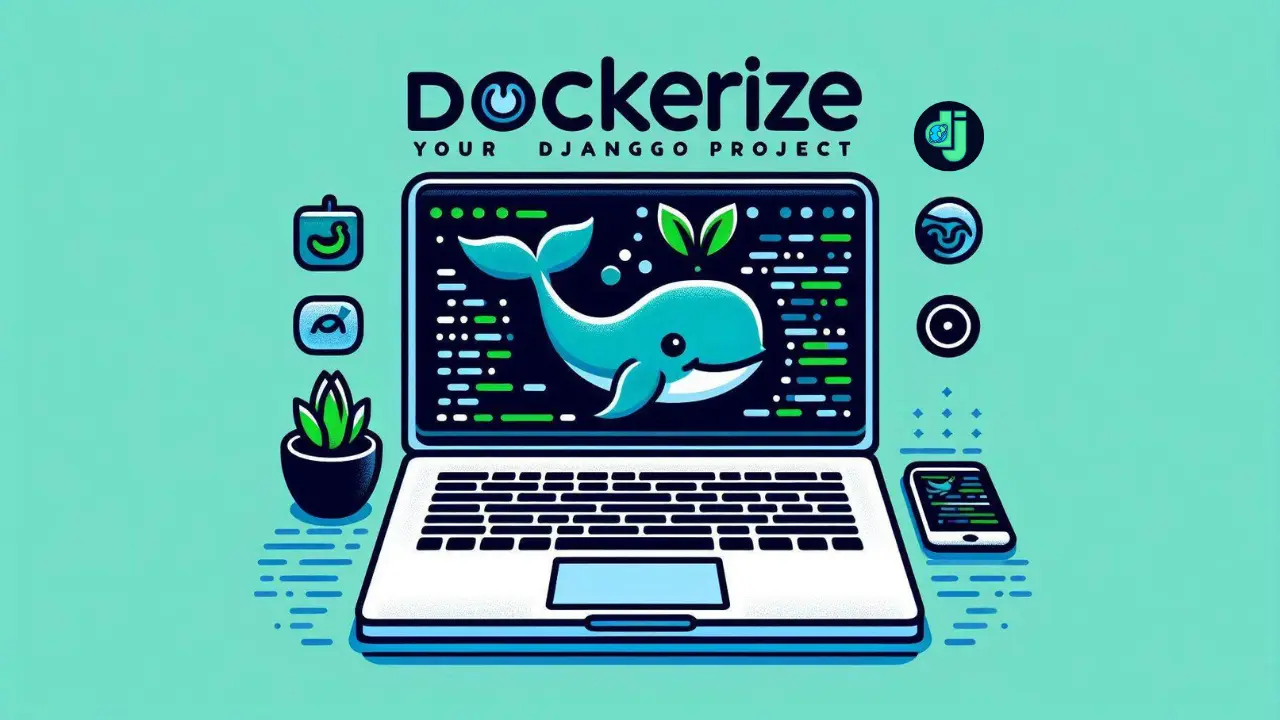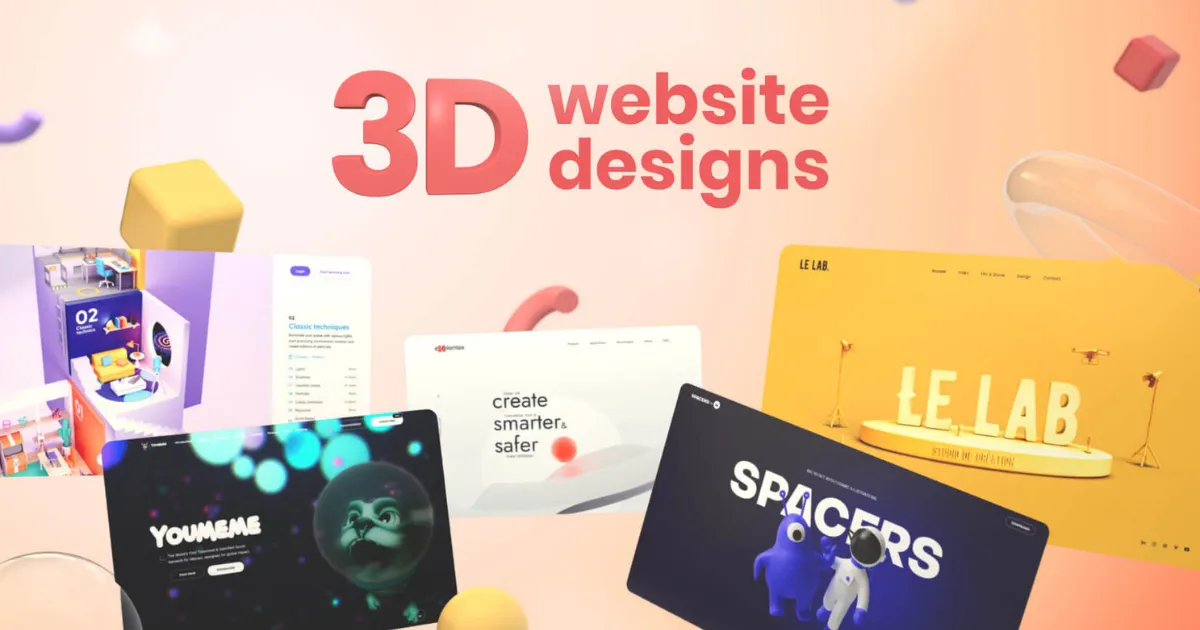

Web design is an ever-evolving field, continually shaped by technological advancements and shifting user expectations. As we explore web design trends for 2024, several key innovations are emerging that define the current landscape. From minimalist web design to advanced interactive elements, discover how these trends can elevate your online presence.
Minimalist Web Design with a Modern Twist
Minimalist web design has long been a staple in the industry, and in 2024, it continues to dominate with a modern twist. This approach emphasizes simplicity, clean lines, and an uncluttered interface. Key aspects include:
- Subtle Animations: Gentle animations that enhance functionality without overwhelming users.
- Microinteractions: Small, engaging interactions that provide feedback and improve usability.
- Bold Typography: Large, distinctive fonts that capture attention and contribute to the design’s overall aesthetic.
AI-Powered Personalization
Artificial Intelligence (AI) is playing a significant role in web design by enhancing user experiences through personalization. AI in web design can analyze user behavior and preferences to tailor content dynamically. Key applications include:
- Content Recommendations: Displaying personalized content based on user history and interests.
- Chatbots and Virtual Assistants: Offering real-time support and personalized interactions.
- Dynamic Layouts: Adapting the layout and design elements according to user preferences and interactions.
Interactive and Immersive Web Experiences
Interactive web design is a major trend in 2024, emphasizing engaging and immersive experiences. This includes:
- 3D Graphics and Animations: Integrating three-dimensional elements to create a more engaging visual experience.
- Virtual Reality (VR) and Augmented Reality (AR): Implementing VR and AR to offer unique, interactive experiences directly within the web browser.
- Interactive Infographics: Providing interactive data visualizations that allow users to explore information more intuitively.
Sustainability in Web Design
With growing awareness of environmental issues, there is a significant push towards sustainable web design practices. This involves:
- Efficient Coding Practices: Writing clean, optimized code to reduce server load and energy consumption.
- Eco-Friendly Hosting: Choosing web hosting providers that use renewable energy sources.
- Low-Impact Design Choices: Selecting design elements and technologies that minimize carbon footprints.
Inclusive and Accessible Web Design
Inclusivity and accessibility are crucial, with a continued focus on designing for all users, regardless of their abilities. Key aspects include:
- Accessible Navigation: Ensuring that websites are navigable via keyboard and assistive technologies.
- Color Contrast and Text Readability: Using high-contrast color schemes and legible fonts to accommodate users with visual impairments.
- Alternative Text for Media: Providing descriptive text for images and videos to support screen readers.
Data Privacy and Security
As data privacy concerns grow, web design is incorporating features that prioritize user security. This trend includes:
- Transparent Privacy Policies: Clearly communicating how user data is collected and used.
- Enhanced Security Features: Implementing features such as two-factor authentication and secure login protocols.
- Data Protection by Design: Integrating security measures into the design process from the outset.
Mobile-First and Responsive Design
With mobile usage continuing to rise, mobile-first design is essential. This approach ensures that websites are optimized for mobile devices before scaling up to larger screens. Key considerations include:
- Responsive Layouts: Designing flexible layouts that adapt seamlessly to various screen sizes.
- Touch-Friendly Interfaces: Creating touch-friendly elements and controls for mobile users.
- Faster Load Times: Prioritizing performance optimizations to enhance load times on mobile networks.
Voice User Interface (VUI)
Voice User Interface (VUI) is becoming more prevalent as voice-activated technology advances. Integrating VUI elements involves:
- Voice Search Optimization: Designing websites to be easily searchable via voice commands.
- Voice Commands and Feedback: Incorporating voice controls and providing auditory feedback to enhance user interactions.
Conclusion
The web design trends of 2024 reflect a dynamic shift towards more personalized, interactive, and sustainable online experiences. By embracing minimalist web design, leveraging AI for personalization, focusing on inclusive web design, and prioritizing mobile-first design and security considerations, designers can create websites that not only meet but exceed user expectations.
For businesses looking to stay ahead of these trends and enhance their online presence, QuantumWebs offers comprehensive web development services. Explore how our expertise can help you implement these cutting-edge design trends and achieve your digital goals.